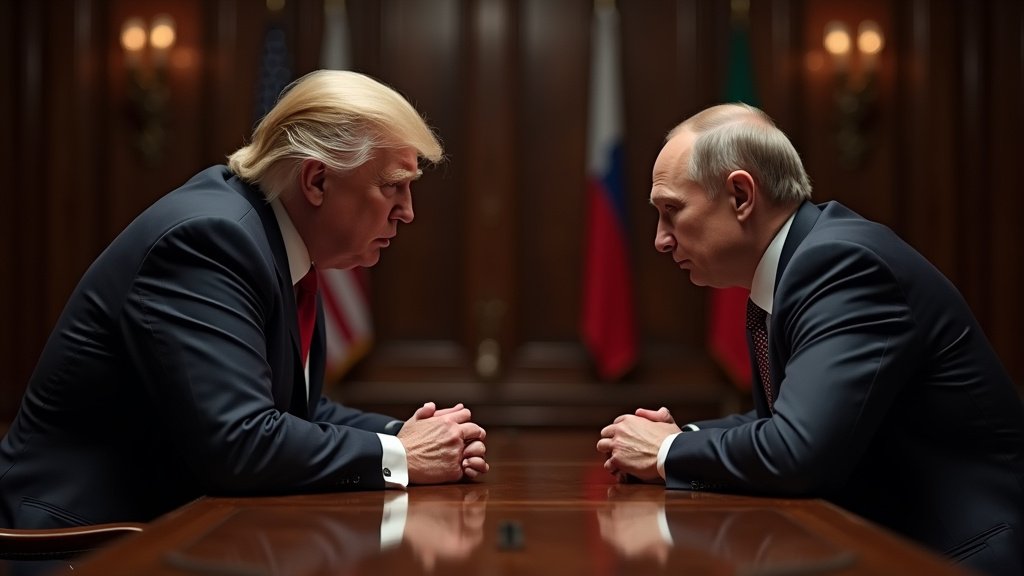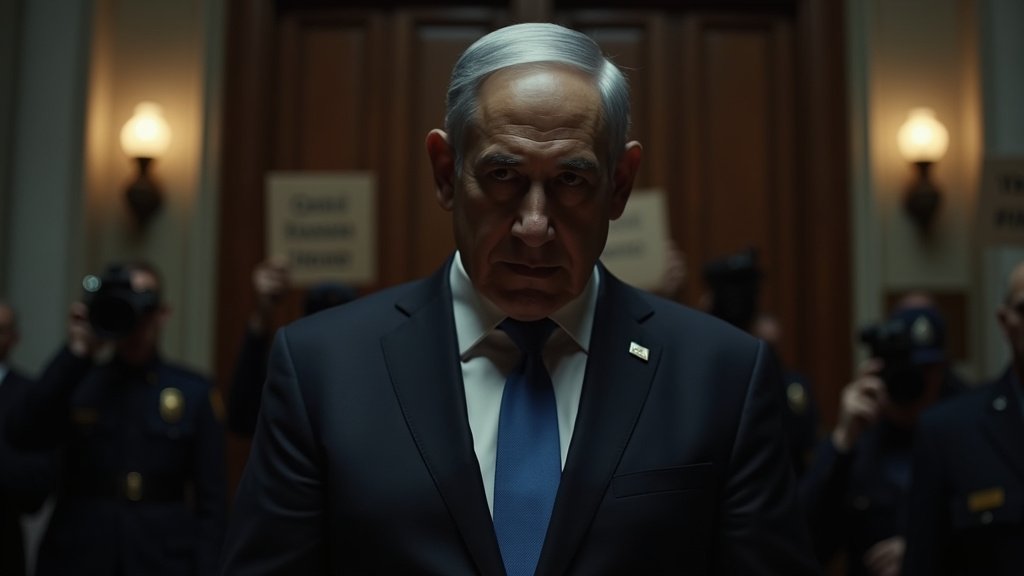White House officials are setting remarkably modest expectations for an upcoming summit between Presidents Donald Trump and Vladimir Putin, scheduled for Friday. The administration is framing this high-stakes meeting not as an occasion for a dramatic breakthrough, but as a crucial step towards achieving a peaceful resolution to the ongoing Ukraine war. Crucially, officials are not promising a ceasefire or the announcement of any major agreement, underscoring a pragmatic, if cautious, approach.
At the core of the U.S. strategy for this dialogue is President Trump’s singular objective: to gauge Putin’s intentions regarding the protracted conflict. This focus on understanding the Russian leader’s mindset and true objectives highlights a belief within the administration that direct, unvarnished communication is essential to navigating the complex geopolitical happenings surrounding the war.
Setting the Stage for Dialogue
The White House’s deliberately lowered expectations suggest a departure from past diplomatic aspirations for immediate, grand bargains. Instead, this summit is being positioned as a foundational engagement, designed to lay groundwork rather than finalize peace. The emphasis on Trump’s ability to discern Putin’s genuine motives is paramount, with the administration noting that Putin has, in their view, demonstrated signs of seriousness by offering a written plan, even if that proposal is not yet deemed viable or acceptable.
This nuanced stance reflects a recognition of the deep complexities inherent in the Ukraine conflict. The administration views the meeting as a vital opportunity to explore paths to de-escalation and potential resolution, understanding that any significant progress will be incremental and hard-won. The global spotlight is firmly on these discussions, with the world keenly observing every signal and statement.
The Path to Engagement
Direct engagement between the two leaders was set in motion following the return of special envoy Steve Witkoff from a recent trip to Russia. Witkoff, a key figure in facilitating this dialogue, informed President Trump directly of Putin’s expressed desire to meet. For Trump, this willingness to convene a summit, particularly from Putin’s side, is considered a significant sign of progress.
Trump’s decision to hold this meeting without preconditions further underscores his unwavering desire to bring the conflict to an end. This uncharacteristic approach, foregoing traditional diplomatic prerequisites, highlights his belief in the power of direct, personal diplomacy. It signals an urgent push to break through the stalemate and explore all avenues for peace, prioritizing face-to-face interaction over protracted preliminary negotiations.
Controversial Proposals and Rejected Terms
While the White House has remained tight-lipped about the exact proposals that may be discussed, hints have emerged regarding potential avenues for resolution. Both President Trump and NATO Secretary General Mark Rutte have indicated that a land-for-peace exchange is among the concepts being considered as a possible framework for ending the hostilities. Such a proposition would entail Ukraine ceding territory in exchange for an end to the war.
However, this concept has met with immediate and firm rejection from Ukrainian President Volodymyr Zelenskyy, who has consistently maintained that Ukraine will not surrender any of its sovereign territory. Zelenskyy’s steadfast position presents a significant hurdle to any such proposal, underscoring the formidable challenges that lie ahead for negotiators and the inherent sensitivities surrounding any peace talks.
Trump’s Unique Diplomatic Approach
President Trump’s willingness to engage Putin directly and without preconditions stems from his profound confidence in his own ability to understand Putin’s motivations. This personal conviction forms a cornerstone of his diplomatic strategy, suggesting a belief that his unique insights can unlock paths forward where conventional methods have failed. This exclusive insight into the administration’s thinking reveals a reliance on personal rapport and direct assessment of intentions, rather than solely on established diplomatic frameworks.
This upcoming summit, therefore, is more than just another bilateral meeting; it signals the start of a new phase in the international efforts to resolve the Ukraine conflict. It represents a pivot towards a more personalized and less formalized approach to diplomacy, driven by the belief that direct communication at the highest level is essential for de-escalation and eventual peace.
Conclusion
As the summit approaches, the White House continues to temper expectations, reiterating that the primary objective remains gauging Putin’s intentions rather than securing an immediate, overarching agreement. This modest outlook does not diminish the strategic importance of the meeting; instead, it frames it as a vital, albeit initial, step on a long and arduous path towards peace in Ukraine. As these discussions become increasingly trending topics globally, the world watches closely for any signs of genuine progress or sustained dialogue.





